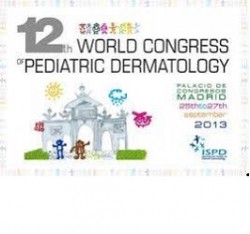Objective: To assess tissue levels of oxidative stress indices: Malondialdehyde (MDA) as free and antioxidants as superoxide dismutase (SOD) and catalase (CAT) in a group of patients with acne as compared to a control group. Also, to determine the relationship of oxidative stress indices with severity of acne .Patients and Methods: Two punch biopsies (3 mm) were taken from the skin of patients (one from the back represented acne involved area and another from the forearm represented non acne-involved skin). One skin biopsy was taken from the forearm of healthy controls. Tissue SOD, CAT activities and MDA levels were determined. Results: There was statistically significant increase in SOD and CAT activities in acne involved skin as compared to non acne involved skin. There was statistically significant increase in SOD and CAT activities and MDA levels in acne involved skin as compared to normal control. There were statistically significant correlations between SOD activities and MDA levels and severity of acne. There was statistically significant positive correlation between SOD activity in acne involved and non involved skin. There was statistically significant positive correlation between CAT and SOD in acne involved skin. Also, there was statistically significant positive correlation between MDA in acne involved and non involved skin. There was statistically significant negative correlation between MDA in acne involved skin and SOD in acne involved and non involved skin of the same patient. Conclusion: Oxidative stress exists in patients with acne vulgaris and may play a role in aetiopathogenesis and ⁄or progression of the disease. The addition of drugs with antioxidative effects seems to be valuable in the treatment of acne vulgaris.


